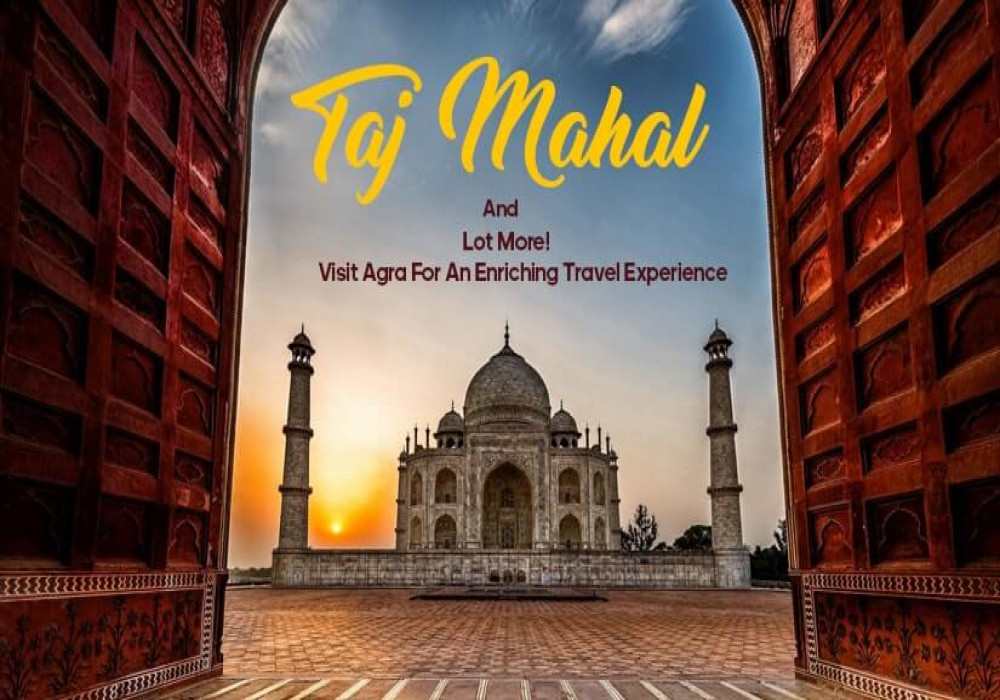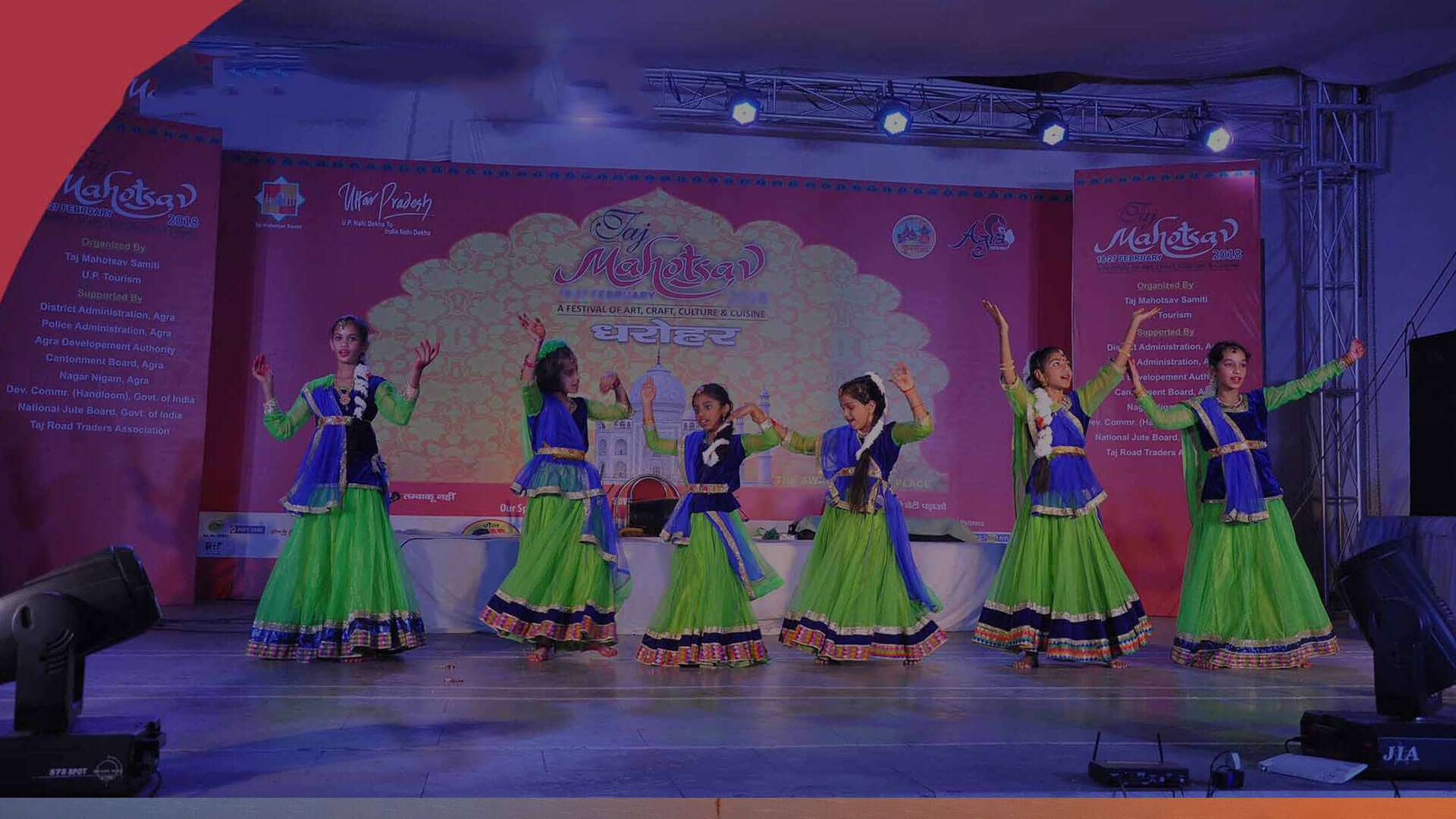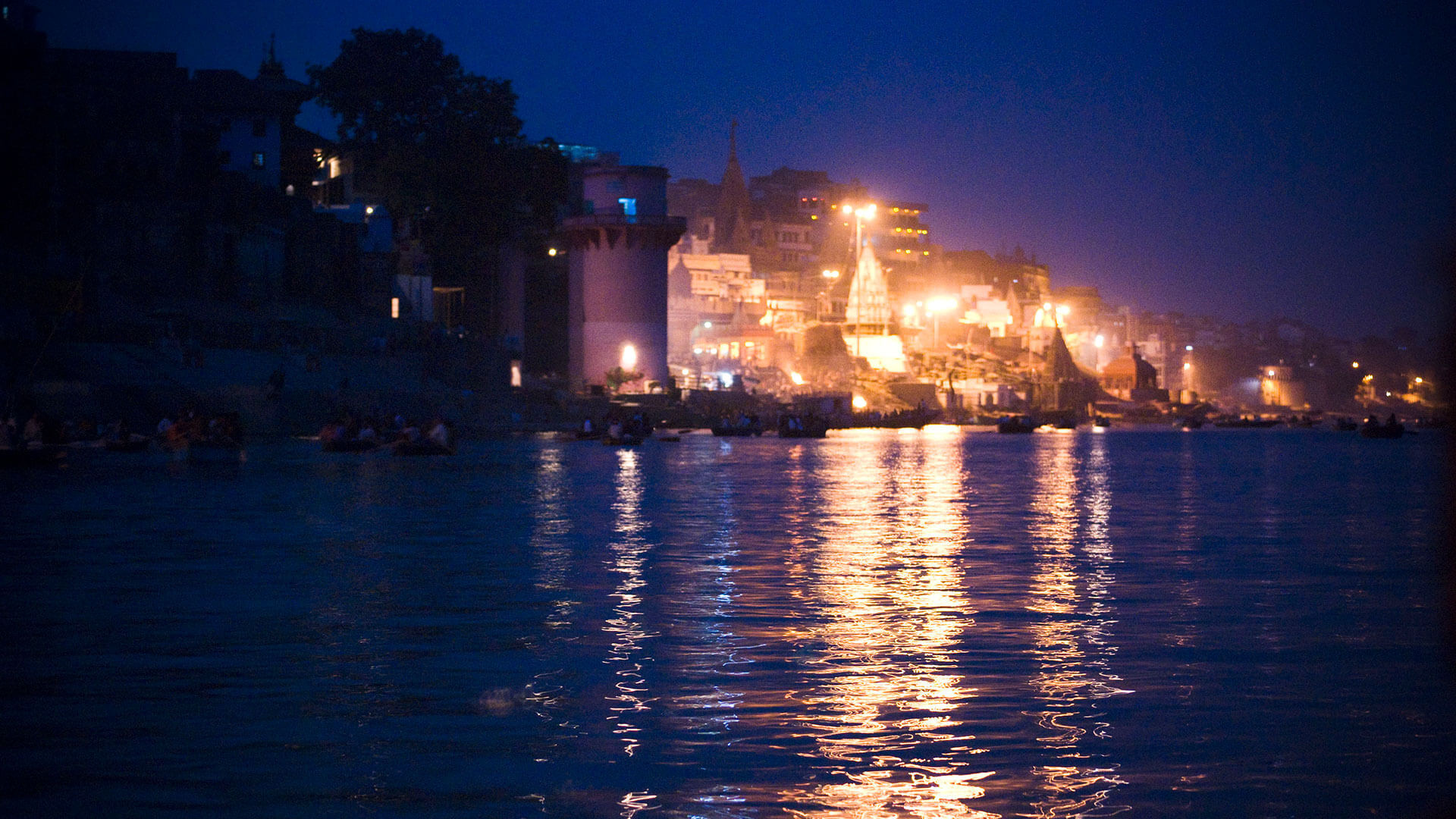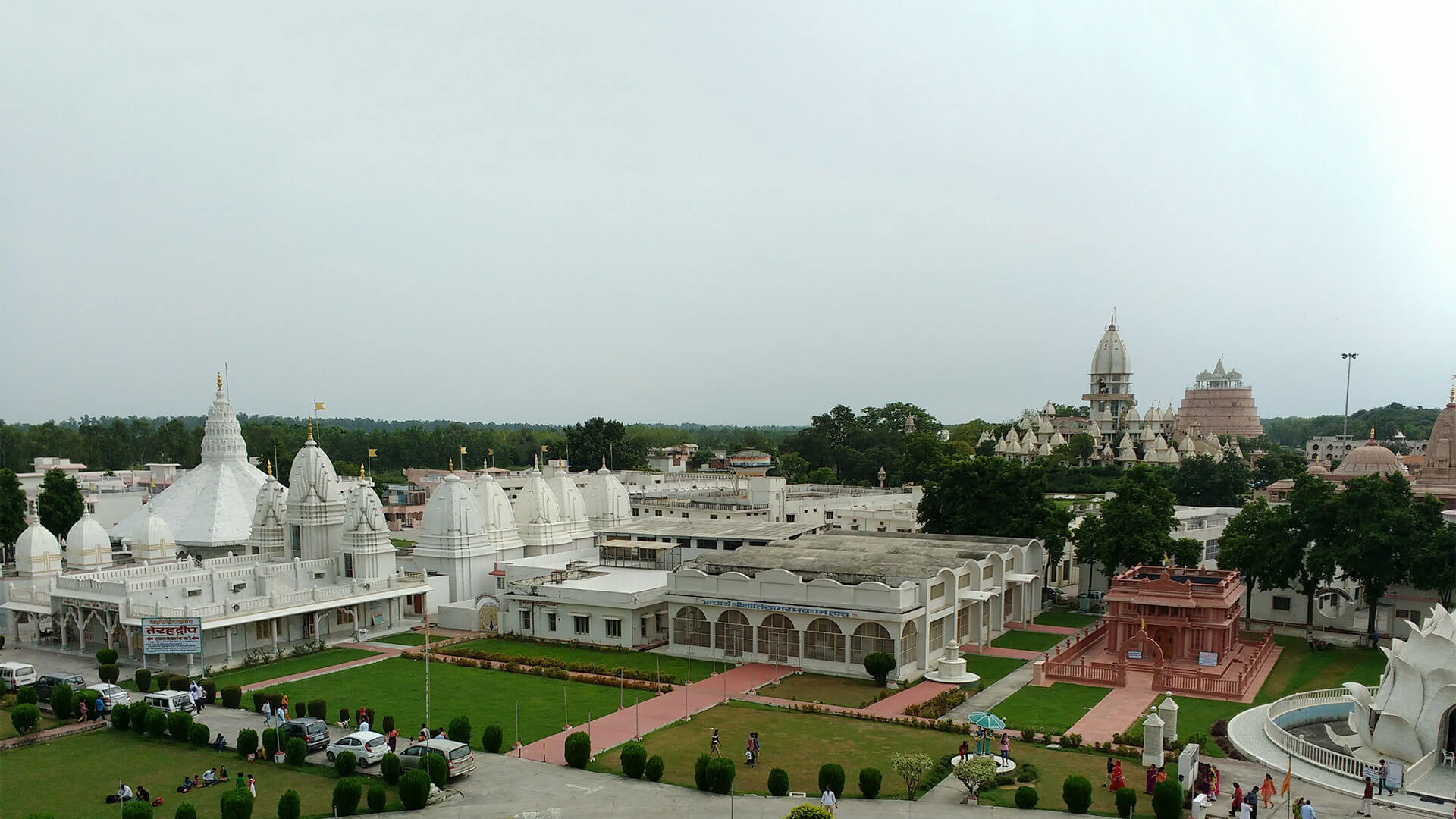Jhansi – The Land of Rani Lakshmibai & Valor
Jhansi, a historic city in the heart of India, is a hidden gem for travelers who love history, culture, and adventure. Located in the state of Uttar Pradesh, Jhansi is famous for its heroic past, especially the brave Rani Lakshmibai, who fought fiercely against the British during the Indian Rebellion of 1857. Her story lives on in every corner of the city, making Jhansi a destination where history truly comes alive.
One of the most iconic spots in Jhansi is the majestic Jhansi Fort, standing tall as a reminder of the city’s glorious past. This massive fort offers breathtaking views of the surrounding landscape, and visitors can imagine the tales of valor that once took place within its walls. The city is also home to the beautiful Rani Mahal, which used to be the queen’s palace, now showcasing artifacts from that era.
For those who enjoy exploring more than just historical sites, Jhansi also offers peaceful gardens, vibrant markets, and delicious local cuisine. The nearby towns of Orchha and Datia, with their stunning temples and palaces, add to the appeal of Jhansi as a tourist destination.
With its blend of history, culture, and charm, Jhansi is a place that invites you to step back in time while experiencing the warmth of local hospitality. Whether you're a history enthusiast or simply looking for a unique destination, Jhansi has something special to offer every traveler.
Geography & Location
Jhansi is located in southern Uttar Pradesh, near the borders of Madhya Pradesh. It lies on the banks of the Betwa River and serves as the gateway to Bundelkhand, a region rich in heritage. The city is well-connected by rail and road, making it an important commercial and tourism hub.
History of Jhansi
Historically, the prominence of Jhansi as a glorious city can be traced back to the 18th century. This was the timeline when we can say most of the significant events related to our country’s history had happened.
However, even before the 18th century, great rulers had walked and ruled upon this soil. For instance, in the 11th century, the Chandela Kings conquered the land of Jhansi.
Coming back to the time of Rani Laxmi Bai, Raja Gangadhar Rao had married her and named Manikarnika, aka Rani Laxmi Bai.
As they didn’t have a son together, the British government decided to annex the state, which led to great political tension. Soon, the battlefields were set, and war became inevitable.
By 1857, Laxmi Bai was leading a mutiny against British rule. However, in 1858, she was martyred on the battlefield while facing the Britishers.
Major Attractions in and Around Jhansi
1. Jhansi Museum
Jhansi museum was constructed in the second half of the 19th century. So, if your aim is to know more about Indian history and its roots then a visit to this museum is a must. The artifacts here date back to the 4th century BC along with several exquisite artworks of modern India. The entry fee for the museum is INR 5 but foreign nationals need to shell out INR 25. INR 20 extra for taking the camera inside.
2. Jhansi Fort
One of the most iconic landmarks in the city, Jhansi Fort is a must-visit for history lovers. Perched on a hill, the fort offers stunning views of the surrounding areas and tells the story of Rani Lakshmibai’s heroic battle during the 1857 rebellion. The fort's intricate architecture and historical significance make it a top attraction.
3. Orchha Fort Complex
It is a small town located at a distance of about 16 km from Jhansi. It is referred to as one of the architectural marvels of the past, and that is the reason why lots of tourists come here to see it on an annual basis. The Orchha Fort Complex is home to various monuments like Raja Mahal, Sheesh Mahal, Rai Praveen Mahal, and many others.
4. Orchha Wildlife Sanctuary
It is situated on the banks of Betwa and Jamini. Here, you will be finding a great variety of endangered species like leopards and tigers. For nature lovers and wildlife photographers, this place is a paradise.
5. Rani Mahal
Once the residence of Rani Lakshmibai, the Rani Mahal is now a museum showcasing ancient artifacts, sculptures, and relics from the region. It’s a beautiful palace with vibrant architecture that provides a glimpse into the royal life of the queen.
6. St. Jude’s Shrine
For those seeking spiritual peace, St. Jude’s Shrine is a serene and revered place. The shrine is dedicated to St. Jude Thaddeus, and it attracts pilgrims from all over the country, especially during the annual feast in October.
7. Government Museum
The Jhansi Government Museum is a treasure trove of historical artifacts, including weapons, sculptures, and manuscripts. It also houses exhibits related to Rani Lakshmibai and other significant moments in Jhansi’s history.
8. Orchha
Located just 18 kilometers from Jhansi, Orchha is famous for its stunning palaces, temples, and cenotaphs along the Betwa River. The Jahangir Mahal, Raj Mahal, and Chaturbhuj Temple are some of the most notable attractions in this picturesque town.
9. Barua Sagar
Barua Sagar, located 24 kilometers from Jhansi, is a peaceful getaway known for its large reservoir and the ruins of Barua Sagar Fort. It’s an ideal spot for nature lovers and those interested in exploring offbeat destinations
10. Datia
Around 30 kilometers from Jhansi, Datia is known for its grand temples and palaces, especially the seven-story Govind Palace. This architectural marvel is a beautiful blend of Mughal and Rajput styles, offering a glimpse into the region's royal past.
Things to Do in Jhansi
- Explore the Jhansi Fort & Rani Mahal
- Attend the Jhansi Mahotsav
- Take a Heritage Walk
- Visit Nearby Orchha & Datia
- Enjoy Boating at Parichha Dam
Best Time to Visit Jhansi
- Winter (October–March): Best time for sightseeing, festivals, and outdoor activities.
- Summer (April–June): Very hot, not ideal for travel.
- Monsoon (July–September): Lush green surroundings but occasional heavy rains.
How to Reach Jhansi
Jhansi is a historically profound place that sees a great footfall of tourists on an annual basis. It is located at a distance of 477, 1,079, 1,195, 1,685 km from Delhi, Mumbai, Kolkata, and Bengaluru respectively. Check out the travel details below on how you can reach Jhansi via public transport.
By Air
The nearest domestic airport to Jhansi is the Gwalior Airport (GWL) situated at 100 km and the closest international airport is the Indira Gandhi International Airport. The Gwalior Airport is the civil enclave airport and is also the fourth largest in all of Madhya Pradesh. From the airport, you can easily book an online taxi, or board a bus to reach your destination.
Here is a list of Indian cities from where flights are available to Gwalior
- Delhi to Gwalior Flight
- Mumbai to Gwalior Flight
- Kolkata to Gwalior Flight
- Bengaluru to Gwalior Flight
- Hyderabad to Gwalior Flight
- Chennai to Gwalior Flight
- Pune to Gwalior Flight
By Train
If you are planning on travelling by train, then deboard at the Jhansi Central railway station. Several trains connect Jhansi to other cities like Delhi, Chennai, Pune, Gorakhpur, and others. Due to this, it is also considered one of the busiest railway stations nationally. From the station, you will need to cover the remaining distance by public transportation. Autorickshaws and tempos are readily available from the railway station.
- From Lucknow - Board Pushpak EXP SPL from Jhansi Junction and deboard at Lucknow NE
- From Kanpur - Board Kushinagar SPL from Kanpur Central station and deboard at the Jhansi Junction
- From Mumbai - Board Mangladweep Exp from Panvel and deboard at Jhansi Junction
By Road
Planning a trip via road to Jhansi would be a great experience, especially if you are travelling with your loved ones. It is well connected with other Indian cities by accessible roadways and national highways. In accordance with your budget, you can plan a trip by booking interstate/private buses or a taxi. The Jhansi Bus Stop is situated about 4 kilometres from the city centre.
- From Jabalpur - 366 km via NH44
- From Bhopal - 343 km via NH44
- From Kanpur - 228 km via NH27
Frequently Asked Questions About Jhansi
Q1: Where is Jhansi located?
A1: Jhansi is located in the northern part of India, in the state of Uttar Pradesh. It lies in the Bundelkhand region, about 415 kilometers south of the state capital, Lucknow.
Q2: What is Jhansi famous for?
A2: Jhansi is most famous for its association with Rani Lakshmibai, the Queen of Jhansi, who played a key role in the Indian Rebellion of 1857. The Jhansi Fort and her valor are central to the city's historical significance.
Q3: What are the main tourist attractions in Jhansi?
A3: The main tourist attractions in Jhansi include Jhansi Fort, Rani Mahal, St. Jude's Shrine, and the Government Museum. Visitors often explore nearby towns like Orchha and Datia for their historical and cultural significance.
Q4: What is the best time to visit Jhansi?
A4: The best time to visit Jhansi is between October and March, when the weather is cooler and more pleasant, making it ideal for sightseeing and exploring historical sites.
Q5: How can I reach Jhansi?
A5: Jhansi is well-connected by road and rail. The Jhansi Junction Railway Station is a major hub, with trains from cities like Delhi, Mumbai, and Kolkata. The nearest airport is Gwalior, about 100 kilometers away.
Q6: What is the significance of Jhansi Fort?
A6: Jhansi Fort is a symbol of Rani Lakshmibai’s bravery during the 1857 revolt. The fort offers a glimpse into her life and the city’s rich history. It's one of the most prominent landmarks in Jhansi.
Q7: What local food should I try in Jhansi?
A7: In Jhansi, you can enjoy traditional Bundelkhandi cuisine, which includes dishes like Bhutte ki Khees (a corn dish), Poha, Litti-Chokha, and Jalebi for sweets. Street food like samosas and kachoris are also popular.
Q8: Are there any festivals celebrated in Jhansi?
A8: Yes, Jhansi celebrates many traditional festivals, including Diwali, Holi, and Dussehra. The Jhansi Mahotsav, held annually, is a cultural festival that showcases local art, music, and dance performances.
Q9: What is the historical significance of Rani Lakshmibai in Jhansi?
A9: Rani Lakshmibai is remembered as one of India's greatest freedom fighters. She led the defense of Jhansi against British forces during the 1857 rebellion, symbolizing resistance and courage in Indian history.
Q10: Is Jhansi a good place to visit for history enthusiasts?
A10: Absolutely! Jhansi is rich in historical significance, especially for those interested in India's colonial past and the 1857 rebellion. The city's forts, museums, and cultural heritage offer a fascinating insight into India's fight for independence.
Popular Packages
Blogs

Varanasi Trip Quotes And Caption For Instagram

17 Best Places To Visit In Agra 2025

Banaras Travel Guide: Experience Spirituality & Culture

Best Things To Do In Agra Other Than Witnessing Taj Mahal

10 Famous Food Of Uttar Pradesh You Must Try In 2025
Nearby Stays

Hotel Bundelkhand Riverside
Madhya Pradesh State Highway 37, Kothi Ghat, Orach...

Neemrana’s- Deo Bagh
Opposite Janaktal, Jadhav Kothi, Agra-Mumbai Highw...

Trident, Agra
Fatehabad Road Near TDI Mall, Tajganj, Agra, 28200...

Radisson Blu Agra Taj East Gate
C-1, C-2, Fatehabad Rd, Taj Nagari Phase 1, R.K. P...







































